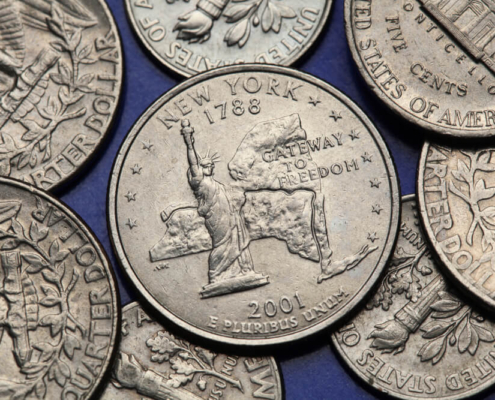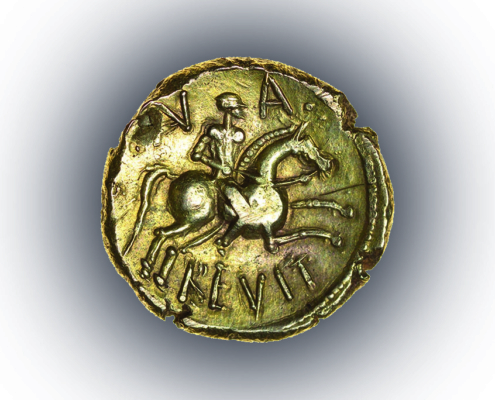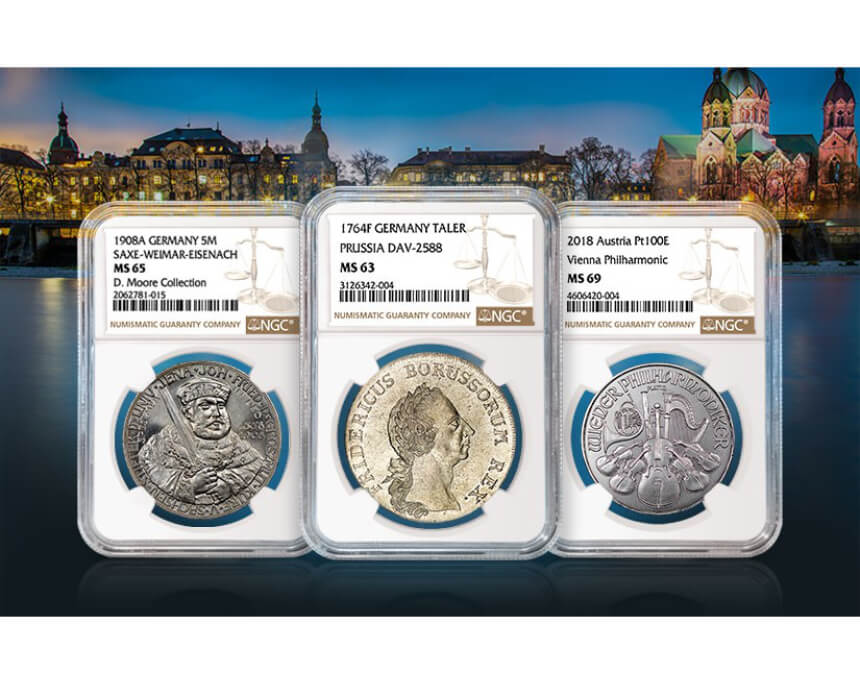1/2 Reichstaler 1621,
under Wilhelm V of Hesse-Kassel as administrator.
Condition: ef+


city of Besançon,
3 Pistols 1666 with title Charles V.
Condition: CH UNC

Bavaria, Chaise d'or (imperial shield)
1328-1347 under Emperor Louis IV.
Condition: ef

Reichstaler 1654-1668
under Count Guidobald von Thun.
Condition: vf-ef

Solidus (491-518)
under Anastasius the righteous.
Condition: vf-ef

Archive: People and Markets
NGC Grading On-site in Munich in February
For the first time since 2019, NGC will be carrying out on-site coin grading at its office in Munich in February. Collectors and dealers have the opportunity to submit their treasures for grading at the World Money Fair in Berlin.
A Highly Unusual Auction: Assets From Pobjoy Mint for Sale
Following the end of Pobjoy Mint last year, an online auction will present over 200 lots with the mint’s equipment next week. The sale features coining presses, machine tools, fabrication machinery, print and packaging equipment and more.
Archive: Coins, Medals and more

Fascinating Change: The 50 State Quarters of the USA – a Milestone
By means of the 50 State Quarters, the US Mint succeeded in rekindling the people’s love of coins and bringing it to the next generation. What was so special about this series? Let’s look back.

Was Anarevito a Slave Trader?
Until recently, the name Anarevito was completely unknown. It first appeared in 2010 on a coin struck shortly after the birth of Christ. Now the name has surfaced on another coin, which is for sale. Chris Rudd discusses this ruler, his coins, and his connection to the slave trade.















Numismatic Treasures at ANA 2024 Chicago World’s Fair of Money
Preparations are underway for the renowned coin show, hosted by the American Numismatic Association. Highlights include the finest known 1794 Flowing Hair dollar, insured for $15 million, which can be seen before entering a private collection.
Certified Collectibles Group to Acquire James Spence Authentication
Certified Collectibles Group acquires the leading autograph authentication firm James Spence Authentication.